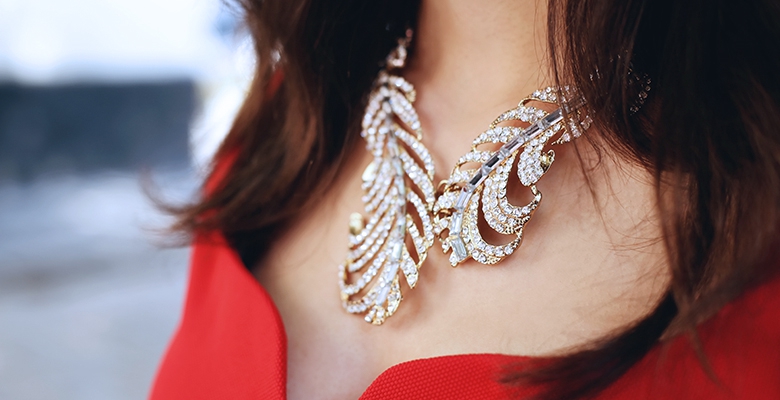Jewellery as such is not a novelty. Archaeological findings show that people have been wearing jewellery for over 100,00 years. Throughout the history it has served many different purposes – a social status symbol (e.g. papal rings, seal-rings, crowns), proof of wealth (heavy golden watch-chains, precious jewels), and, simply put, as adornment.
As of late, the clear definition of what is fine jewellery has been a heated discussion among jewellers. Some say it is the materials used, others – the skill and craftsmanship. A single agreement has not been reached, yet the conclusion is that there is more than one facet to luxurious jewellery.
The precious metals
It used to be simple – if it is made from anything less than silver, gold or platinum, it is bijoux. Times have changed, and technological advancement allows the making of hollow elements, such as chain links or pendants. The defining factor now has become how solid the metal is and how it is cast.
The natural gemstones
Natural gemstones, especially fine and flawless specimens, have high value that only increases when the gemstone is cut and set. Being a natural resource, certain gemstones can be extremely rare.
When speaking of the quality of a gemstone, four main factors (often referred to as the Four Cs) are taken in consideration. These not only define the quality of the gem, but also determine its value, as well as enhance (or diminish) its properties:
- Carat – the size. Certain coloured gemstones, especially dichroic gems, show their properties better at a bigger size. Unfortunately, the bigger the gem, the harder it is to come by a perfect specimen.
- Clarity – describes the number of internal inclusions. Although the quality of a diamond is highly dependent on having fewer inclusions, other precious gemstones, such as star sapphires, are defined by the dense inclusions that create their certain and precious effect.
- Colour – the lack of it in diamonds, the depth of it in coloured gems.
- Cut – the shape or polish of a gem can either bring it to life or make it lifeless. The cut preference, too, is a highly personal choice, often characterising the individual wearing it.
Not all laboratory-grown gems should be frowned upon. Cubic zirconia (CZ) has gained a lot of popularity due to two factors – political and aesthetic. Many people have refused to wear the so-called blood diamonds or conflict diamonds – diamonds that have been illegally traded to fund conflict in war-torn areas. Instead, they have chosen to substitute these precious gemstones for the laboratory-created CZ. CZ is hard and optically flawless, and it is more lustrous than a diamond, which, in combination with the fraction of the cost of a diamond, many have found very appealing.
The artisan and the exclusivity
Highly skilled craftsmanship also means the durability of the jewellery. Antique accessories are still in high demand just because of their perfection and minute detail. Luxury goods, as a general rule, are never mass-produced. Jewellery does not define the wearer, but enhances the wearers individuality, mood or even outfit; it is a highly personal choice, based on personal taste.
In summary, there is no clear definition to what fine jewellery is, but it is undeniable that luxurious jewellery cannot be mistaken for anything less when seen and worn.


Kommentit
Kirjaudu sisään kommentoidaksesi